The Complete Guide of Content Marketing for Travel Agency Website
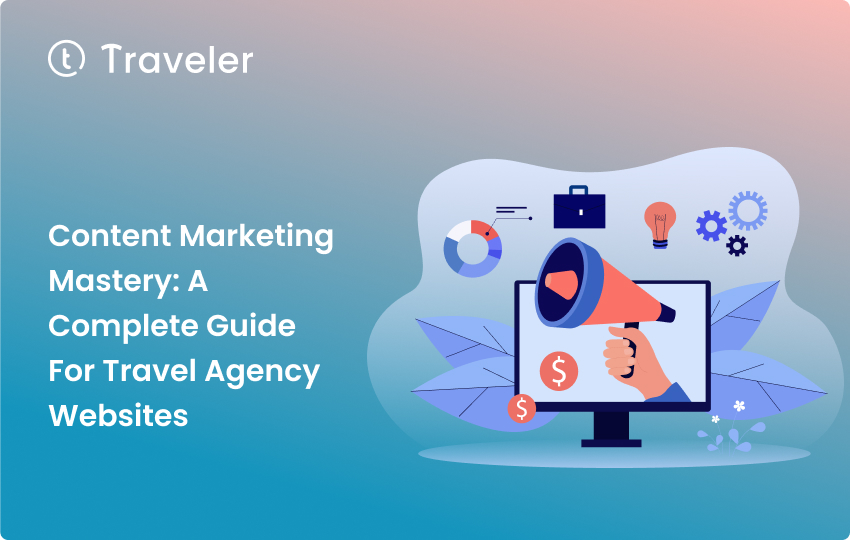
Table of Contents
Cmaterial marketing is the process of making and sharing valuable, relevant, and consistent material to attract and keep a clearly defined audience. Basically, it’s all about giving potential customers helpful information to get their attention and encourage them to act.
If you do content marketing right, it can help you build relationships, gain trust, and make your business known. In the competitive travel business, the key to success is making content that works for your target audience.
But where to begin? This full guide to content marketing for travel agency websites will tell you everything you need to know to get started.
Understanding Your Audience
This first step is very important if you want to make content marketing strategies for your tour agency’s website that work.
To begin, you must identify your target audience. Who do you want to buy from you? What do they want, what do they need, and what hurts them?
Once you know who you want to reach, you can make user personas to show them. There should be a lot of information about these personas, like their age, gender, job, and hobbies.
Next, you need to do keyword research if you want to make content that search engines like. Using tools like Google Keyword Planner, you can find out the search terms that your target audience uses to find online trip information. This will help you write pieces that your readers will find interesting and useful.
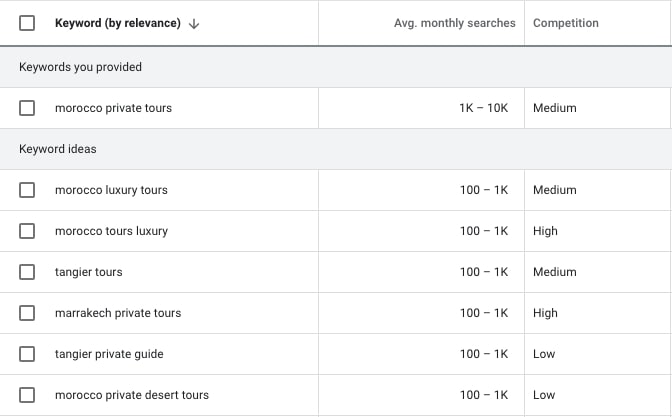
A good example of a case:
“The Points Guy” is one of these websites. Its main audience is regular travelers and points fans who want to get the most out of their rewards and benefits while traveling. They have made detailed customer personas for their target group, such as “the budget traveler,” “the luxury traveler,” “the business traveler,” etc. These characters help them come up with content that their target audience will like.
Also, they do a lot of study on keywords to make their content better for search engines. By focusing on keywords with high-volume but not much competition, they can get a lot of free traffic to their website. “The Points Guy” has become one of the most famous travel sites because of this strategy.
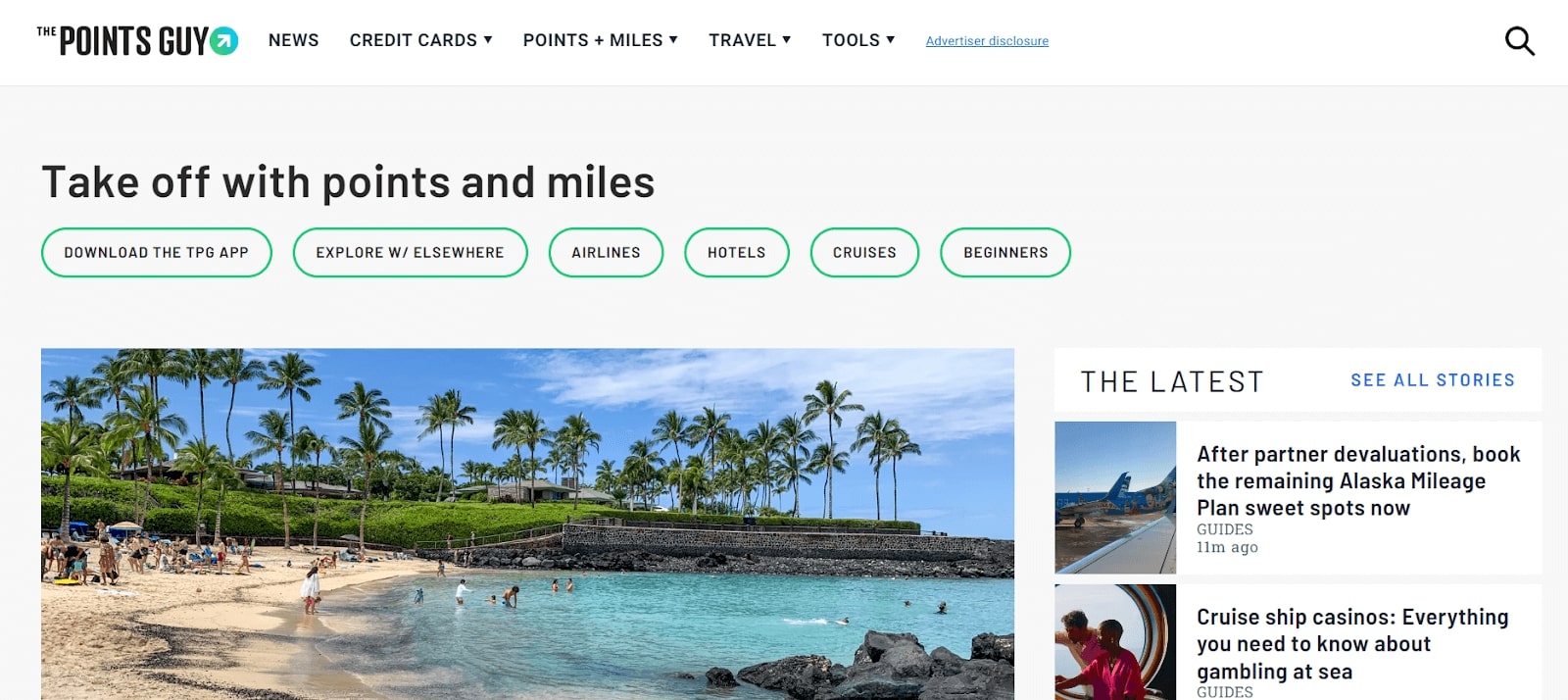
Developing a Content Strategy
To do this, you need to set clear goals and objectives, choose the right content forms, make a content calendar, and make a plan for how the content will be shared.
To start, you need to figure out what your goals and aims are. What are you trying to do with your content marketing? Is it to get more people to visit your website, get more leads, or move up in the search engine rankings?
Once you know what you want to accomplish, you can choose the right information formats. This could include things like blog posts, movies, and posts on social media.
Another important step in building your content plan is making a content calendar. This will help you plan and organize your content so that it is uniform and useful to your audience. In your content calendar, you should list the topics, the times when they will be published, and the types of content you will be using.
Lastly, it’s very important to make a plan for how to get your information to the people you want to see it. This could mean sharing your information on social media sites, in email newsletters, or through other ways of getting it out there. If you have a clear plan for how to share your content, you can make sure it gets to your target audience and brings people to your travel agency’s website.
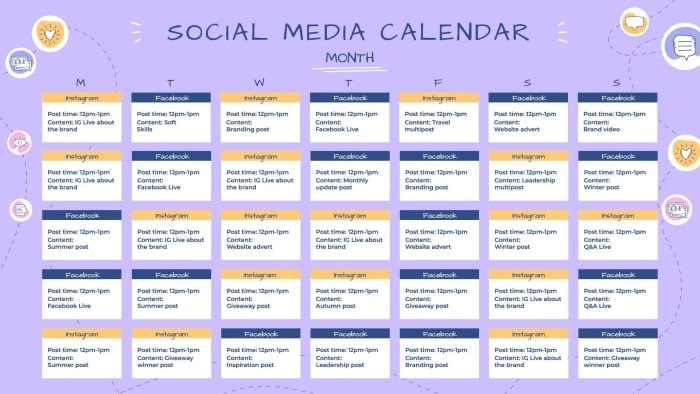
A good example of a successful case
The well-known tour website Lonely Planet, which has a clear content strategy that fits with its business goals. Their goals include getting people excited about traveling, giving them useful travel tips, and supporting sustainable and responsible travel. They have picked the right kinds of content to reach these goals, like destination guides, travel stories, and videos.
They also have a detail content calendar that shows when they are going to post new content throughout the year. This lets them plan their content ahead of time and make sure they cover all important topics over the course of the year.
They also have a clear plan for getting their information out there, which includes social media, email newsletters, and partnerships with other travel websites. With this all-around approach to material, Lonely Planet has become one of the most trusted and well-known travel websites.
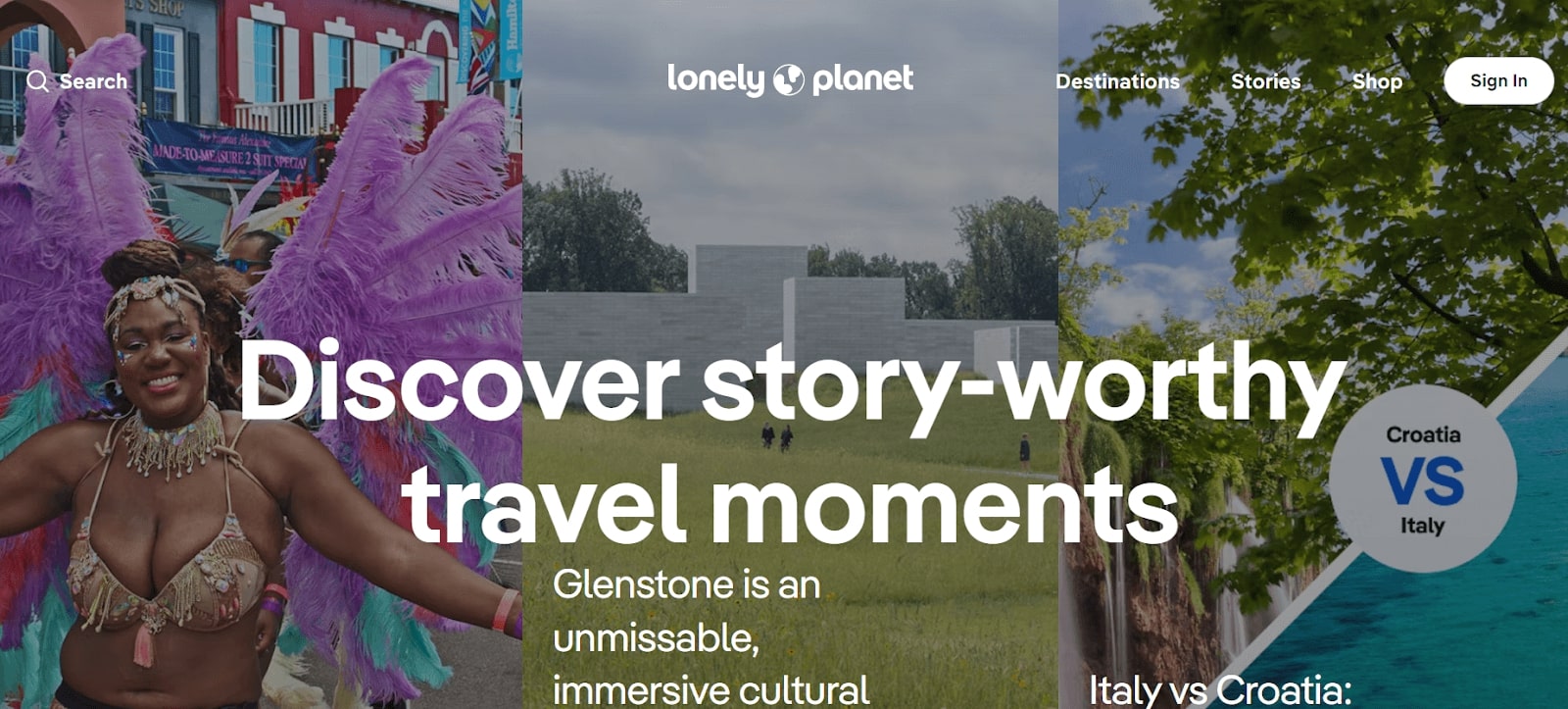
Creating Compelling Content
Creating interesting content is the third step in making a good content marketing plan for your travel agency’s website. This means writing great blog posts, making movies that people want to watch, making good posts on social media, and making lead magnets like e-books and whitepapers.
Start by choosing topics that are important to your audience, and then write your content in a way that is easy to read and understand. Use pictures and movies to break up the text in your posts and make them more interesting to look at. Make videos that show off your travel packages, locations, and customer experiences. Think about making trip vlogs or destination guides that give your audience useful information.
Content marketing can also be done with the help of social media. Include pictures and interesting comments in your social media posts to get people to pay attention. Don’t forget to use hashtags to help people find your work. And talk to your followers by replying to their texts and comments.
Lastly, you can get leads and grow your email list by making lead baits like e-books and whitepapers. Make useful tools that tell people about places to visit, how to plan a trip, or other helpful information that they will find useful.
Overall, creating interesting content is the key to a successful content marketing plan for your travel agency’s website. By doing so, you can get more people to visit your website, get more leads, and grow your business.
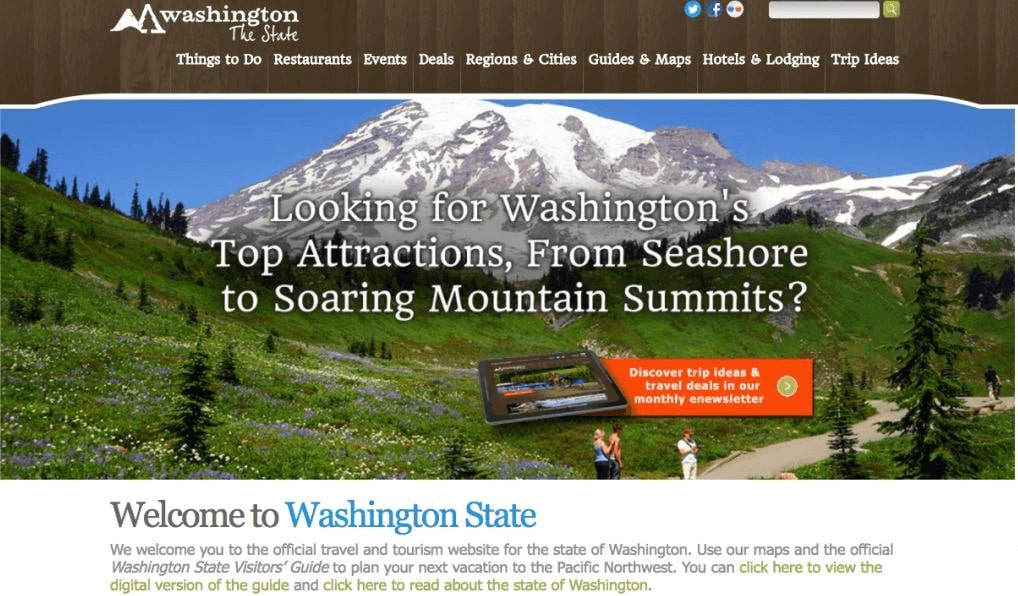
TripAdvisor is a great example of a travel website that makes interesting content to keep its visitors interested. They choose things that are interesting to their users, like “top 10 beach destinations” or “best food cities in the world.” By talking about what their audience is interested in, they can make material that gets their attention.
They also use photos and videos to make their material more interesting to read and look at. This helps show off the places they cover and gives their users a better idea of what they can expect.
They also use social media to spread their information to more people and reach a bigger audience. They share their stories on social media and ask their followers to interact with them.
Lastly, they create lead magnets like city guides and trip planning checklists that give value to their audience and help them build their email list. TripAdvisor has become one of the most popular travel websites in the world because of this approach.
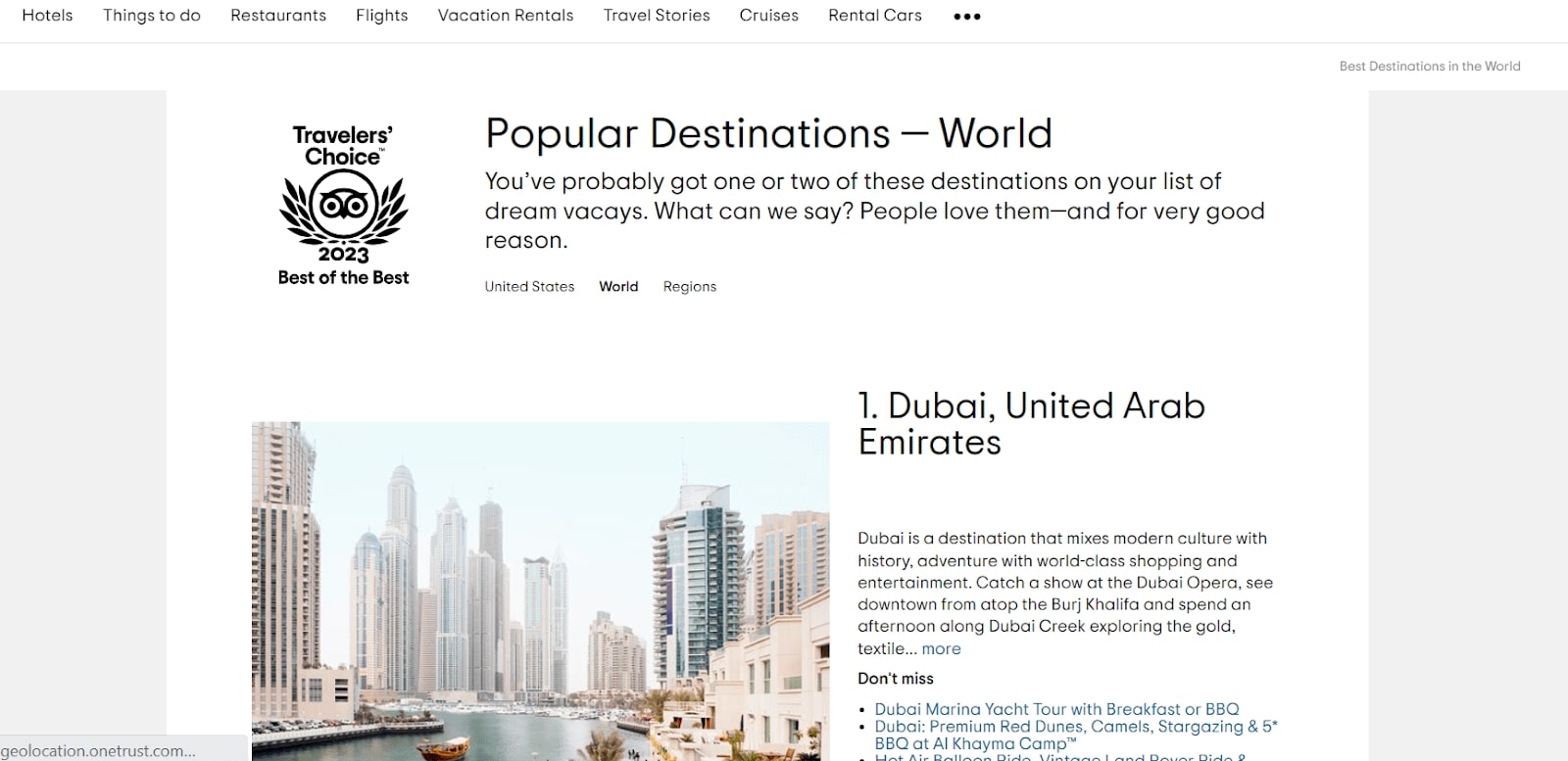
Optimizing Your Content for Search Engines
The fourth step in creating a successful content marketing strategy for your travel agency website is optimizing your content for search engines. This involves using on-page and off-page optimization techniques and local SEO strategies to improve your search engine rankings and drive more traffic to your website.
On-page optimization techniques include optimizing your content for specific keywords and using meta tags and descriptions. As well as ensuring your website is mobile-friendly and easy to navigate.
Off-page optimization techniques include building backlinks, guest blogging on other travel websites, and engaging with your audience on social media platforms.
For travel agencies, local SEO is particularly important. This involves optimizing your website and content for location-based search terms. You should also ensure that your business information is accurate and up-to-date on Google My Business and other local directories. This will help your business appear in local search results and make it easier for customers to find you when looking for travel services in their area.
P/S: Optimizing your content for search engines is essential if you want your travel website to rank higher in search engine results pages (SERPs). With the WordPress SEO Theme travel travelerwp, you can easily optimize your content for search engines and improve your website’s visibility online. This theme comes with built-in SEO features, allowing you to optimize your website content without the need for extensive technical knowledge. With travelerwp, you can ensure that your travel website gets the traffic it deserves.
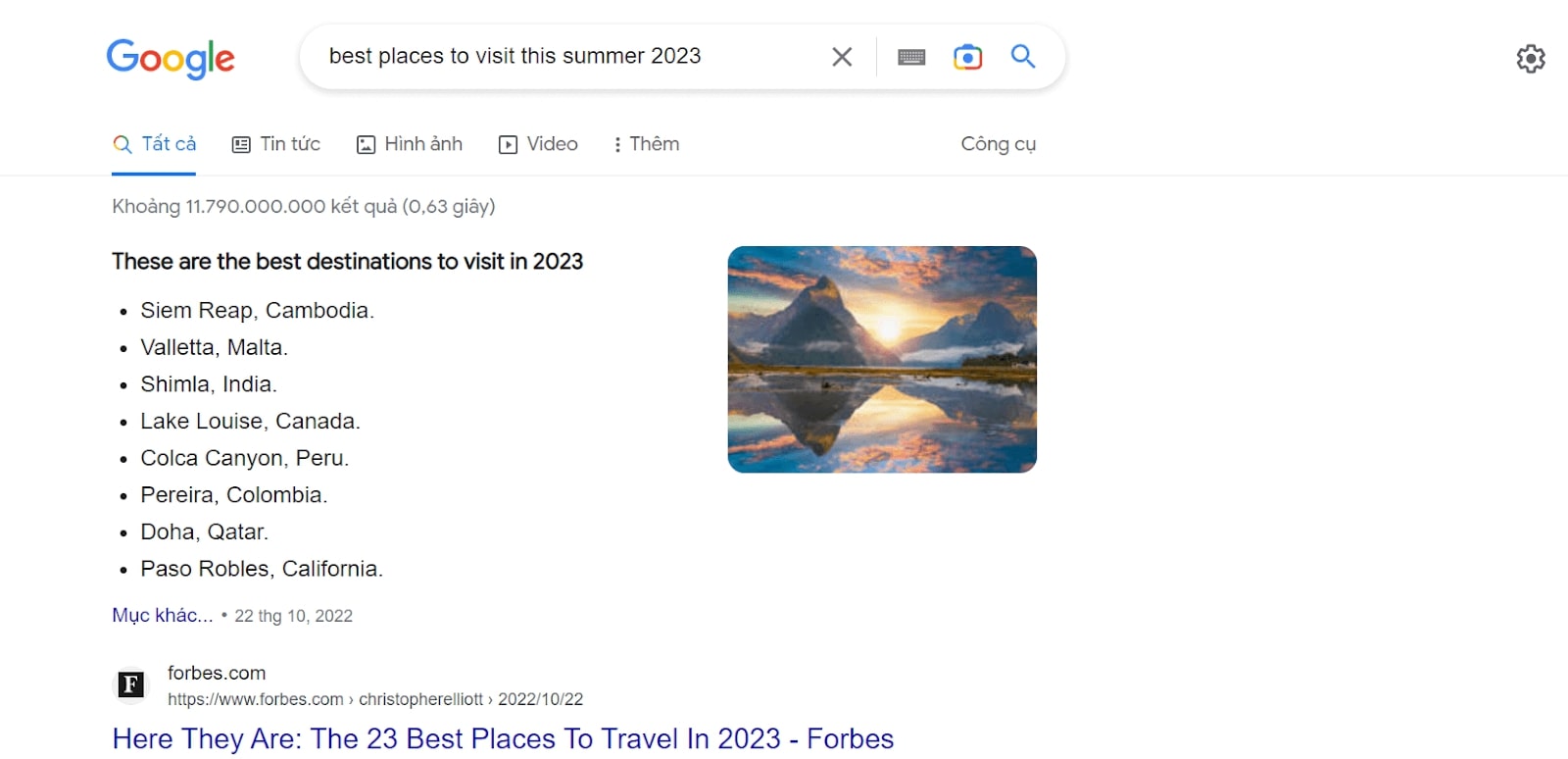
Expedia, a popular travel website, uses on-page optimization methods like keyword research and optimization, internal linking, and meta descriptions to help search engines find their website. They also use off-page optimization methods like link building to boost the authority of their website and bring people to it.
To rank better in local search results, they also use local SEO strategies like optimizing their Google My Business page and making content that is specific to their location. This helps them get people who are looking for travel choices in certain places.
By using these SEO strategies, Expedia can get a high ranking on search engine results pages and get a lot of free traffic to their website.
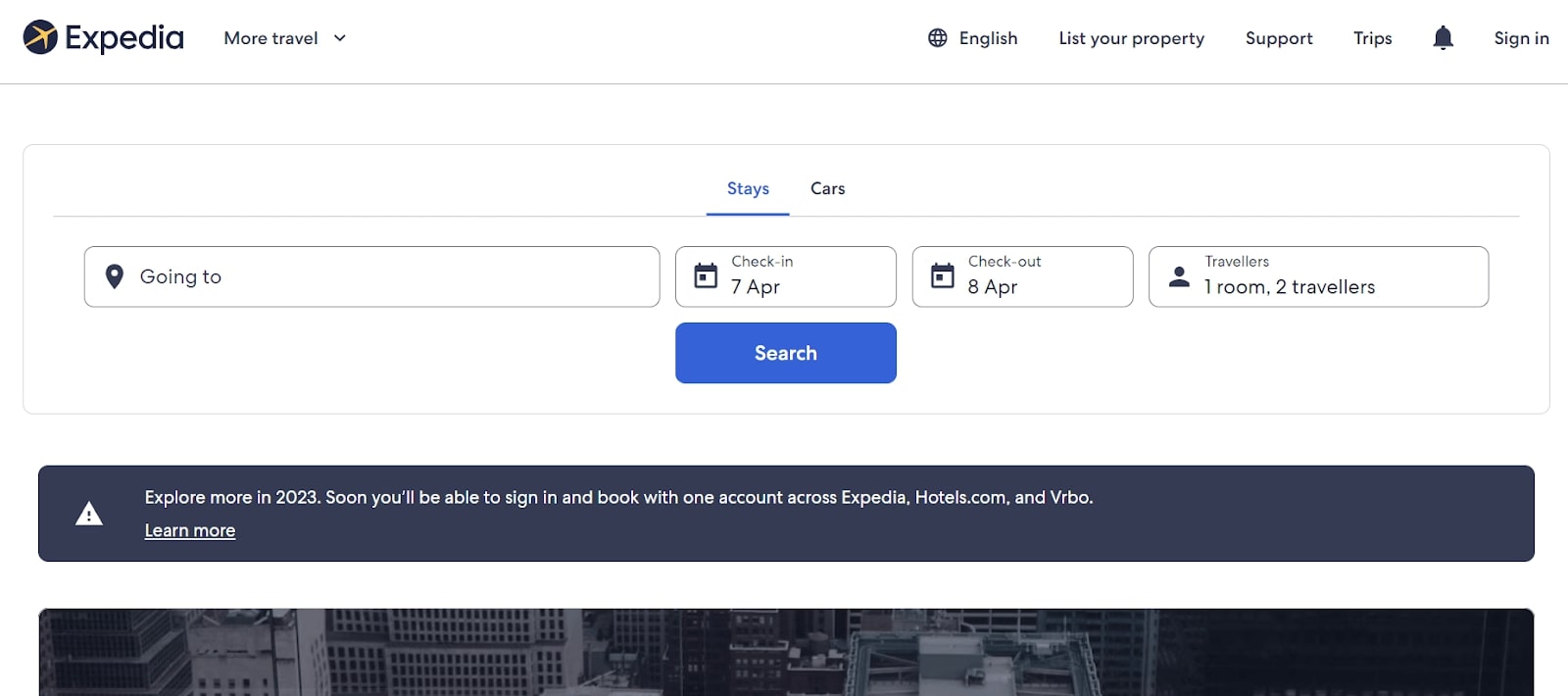
Promoting Your Content
Here’s an overview of each promotion technique for your travel agency’s content marketing:
1. Social media promotion strategies:
Social media promotion involves sharing your content on social media platforms such as Facebook, Instagram, Twitter, and TikTok. This technique helps you reach a wider audience by using relevant hashtags, creating engaging captions and visuals, and running paid social media ads.
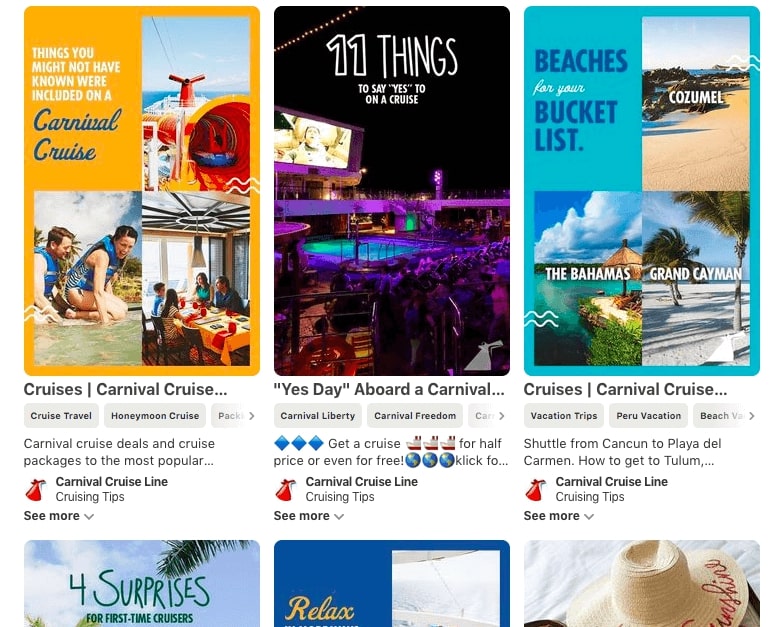
2. Email marketing tactics:
Email marketing involves sending newsletters, personalized email campaigns, and promotional emails to subscribers who have opted to receive them. This technique helps you build relationships with your audience and drive conversions.
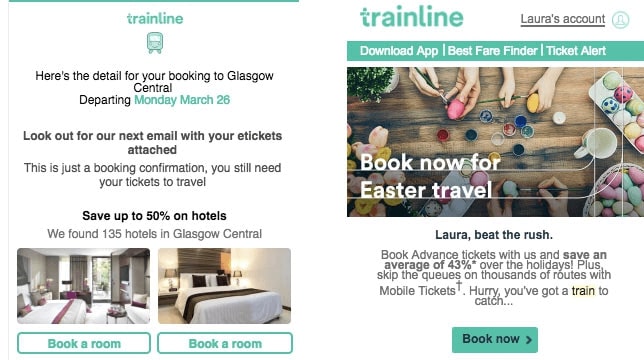
3. Guest blogging opportunities:
Guest blogging involves writing blog posts for other travel websites to reach a new audience. This technique can help you build website backlinks, improve search engine rankings, and provide fresh content for your readers.
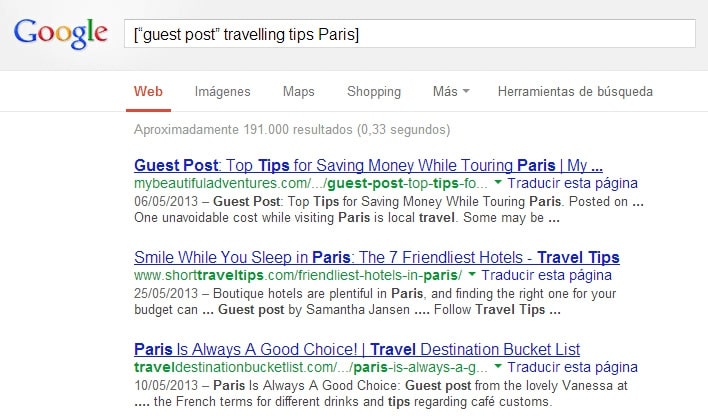
4. Paid promotion techniques:
Paid promotion involves using paid search advertising, social media advertising, and influencer marketing to promote your content to a wider audience. This technique can help you drive targeted traffic to your website and improve your brand awareness.
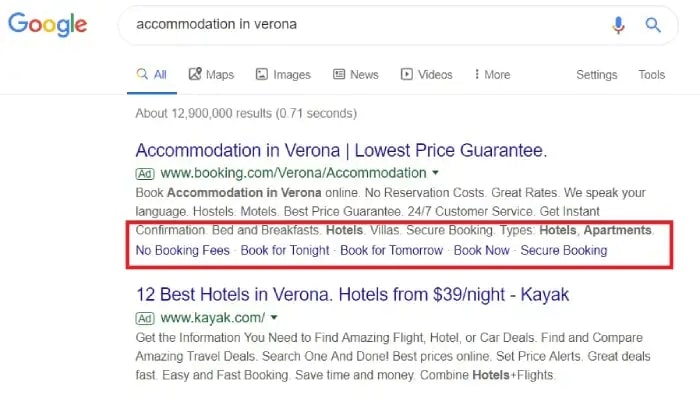
Measuring and Analyzing Your Results
The last step in your full guide to content marketing for a travel agency website is to measure and analyze your results. Here are some ideas on how to do this step:
- Figuring out what key performance indicators (KPIs) are: You need to define your KPIs before you can measure your success. This could include website traffic, time on site, bounce rate, social media interaction, email open rates, and conversion rates.
- Keeping track of success with analytics tools: There are many tracking tools, like Google tracking, SEMrush, and Moz, that you can use to keep track of your KPIs. These tools can show you how well your content is doing, help you find places to improve, and keep track of your progress over time.
- Making data-driven decisions: Once you have all of your information, you can use it to make decisions about your content marketing plan that are based on facts. Find out what works well and what could be better, and then make changes. This could mean changing the way you write your content, how you use social media, or how your website is set up for search engines.
By measuring and analyzing your content marketing efforts on a regular basis, you can improve your approach over time and get better results. Don’t forget to keep your KPIs up to date as your business goals change.
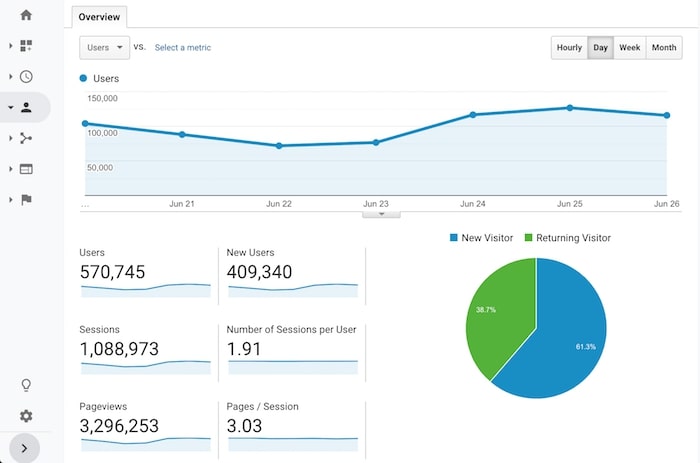
Example of a successful case:
Booking.com, a popular online booking agency, uses key performance indicators (KPIs) like conversion rate, bounce rate, and average order value to measure how well their website is doing. They use tracking tools like Google tracking to keep track of these key performance indicators (KPIs) and learn more about how people use their website.
By looking at this data, they can find places to improve and make decisions based on the data to make their website work better. For instance, if they see that a page has a high “bounce rate,” they might change the content or style to make it more interesting for users. Booking.com has been able to keep improving their website’s performance and stay competitive in the travel business by focusing on measuring and analyzing their results.
Case Studies and Examples
Successful content marketing campaigns by travel agencies
Expedia’s “Find Yours” Campaign:
Expedia launched a highly successful content marketing campaign called “Find Yours,” which aimed to inspire travelers to explore new destinations. The campaign featured a series of videos and blog posts showcasing different travel experiences worldwide, from cultural festivals to outdoor adventures.
Each content was designed to appeal to a different audience segment, such as families, couples, and solo travelers. Expedia also partnered with influential travel bloggers to share their experiences and promote the campaign on social media.
As a result, the “Find Yours” campaign generated over 38 million views. It helped increase brand awareness and customer loyalty for Expedia.
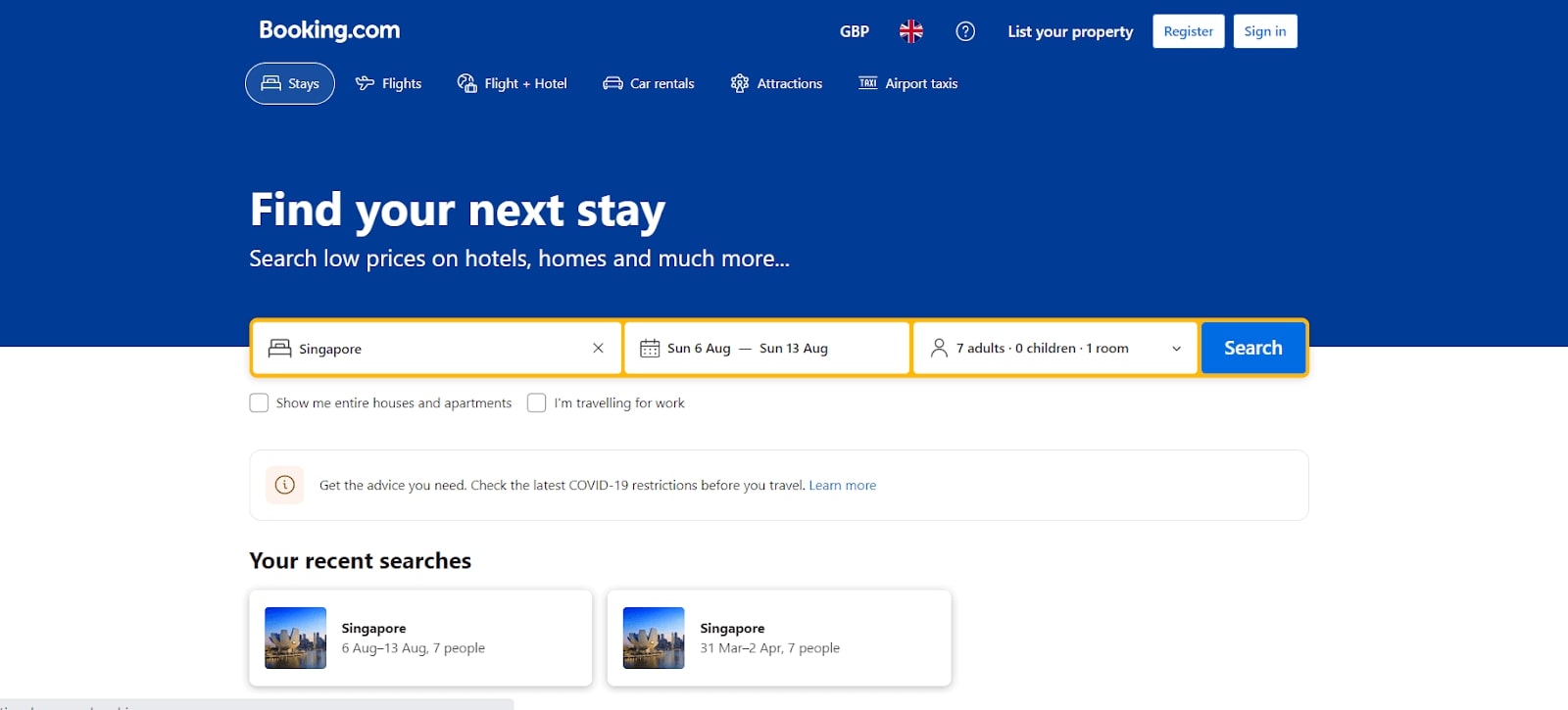
Lonely Planet’s “Best in Travel” Campaign:
Lonely Planet, a leading travel guide publisher, created a content marketing campaign called “Best in Travel” to showcase the top travel destinations for the upcoming year. The campaign featured a book, a website, and social media content, all highlighting unique travel experiences and insider tips for each destination.
Lonely Planet also encouraged user-generated content by inviting travelers to share their travel stories and photos on social media using the hashtag #BestinTravel. As a result, the campaign generated significant buzz. It helped establish Lonely Planet as a trusted authority in the travel industry. The “Best in Travel” book became a bestseller, and the campaign won multiple content marketing awards.
Best practices and lessons learned from industry leaders

Here are some of the best ways to do things and lessons that industry leaders have learned:
Authenticity is key: Travelers want to see and hear about real adventures and stories. To be successful, you should make material that is real, personal, and relatable. This could mean using real travelers in your marketing efforts, giving insider tips and information about the area, or showing how things work behind the scenes.
Visual material has a lot of power: Visual content is a great way to inspire and entice potential customers in the travel business. You should spend money on high-quality photos and videos that show off your trips and adventures in an interesting way. You should also make sure your content works well on mobile devices, since more and more travelers are using smartphones to study and book trips.
Personalization is key: You should try to tailor your material to what your customers want and need. This could mean using customer data to divide your audience into groups and give them personalized suggestions, or it could mean making material that speaks directly to certain types of travelers.
Collaboration can be very effective: By working with influencers, bloggers, and other leaders in your field, you can reach more people and meet with new ones. You can also use these partners’ skills and knowledge to make more interesting and useful content for your users.
Data analysis is very important: You should measure and analyze your content marketing efforts on a daily basis to find out what works and what doesn’t. By keeping track of key metrics and making decisions based on data, you can improve your plan over time and make it work better. You should also be willing to try out different things and see what works best with your viewers.
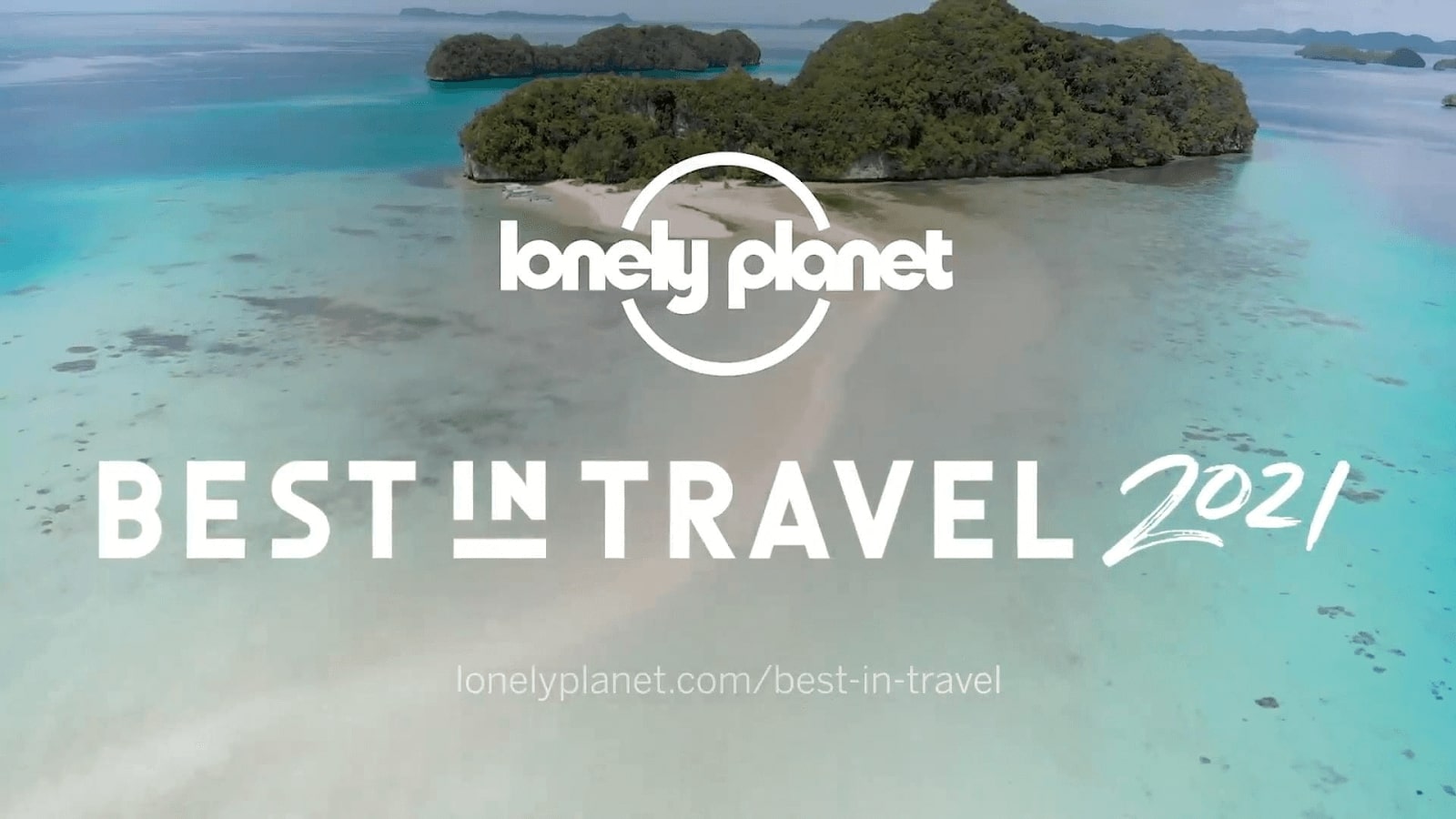
Conclusion
Content marketing is an essential tool for any travel agency website. It can help you to reach potential customers, enhance your relationships with existing ones and boost your brand’s reputation. Investing in effective content that resonates with the audience is key to success.
With this guide, you can create a powerful content marketing strategy for your travel agency website. Start today and see how content marketing can transform your business!
